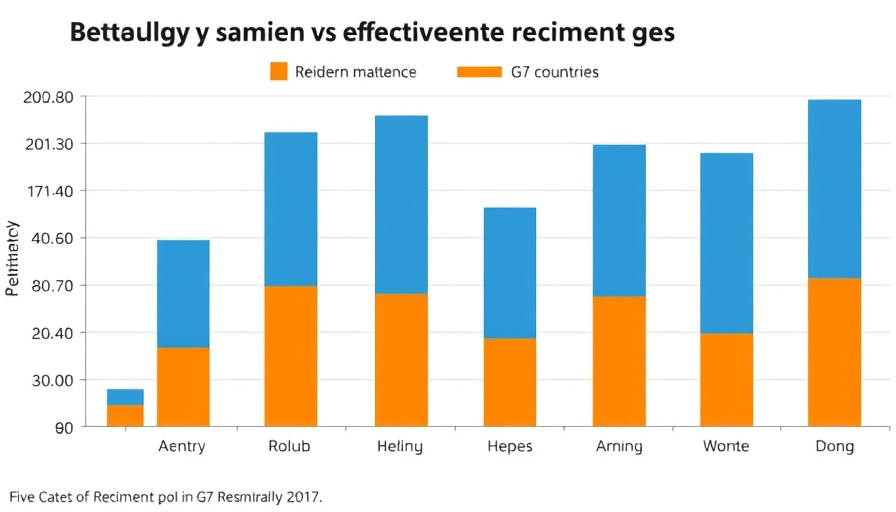
The Motivation Gap: A Hidden Barrier to Upskilling
In today's rapidly changing landscape, the imperative for organizations to embrace AI and upskill their workforce has never been clearer. Yet, a profound truth often goes overlooked: without genuine motivation, even the most sophisticated learning technologies fall short. Recent research from Udemy underscores this reality, revealing that 36% of organizations struggle with employee resistance as a significant barrier to skill development.
The focus on technology and learning pathways, while essential, misses a critical component—the human element. Employees' reluctance to engage in learning can stifle digital transformation efforts, as highlighted by the need for upskilling initiatives that resonate on a personal level.
Bridging the Technology-Motivation Gap
Despite the hurdles, there’s a silver lining. The same study found that 84% of organizations reported that AI-driven learning tools markedly improved their learning effectiveness. This raises an important question: how can businesses bridge the gap between this technological potential and employees' lack of engagement?
Personalization is key. Tailored learning experiences that align with individual goals tap into intrinsic motivations, fostering a sense of autonomy and mastery. Factors like skill assessments and flexible learning formats have proven effective, yet many organizations still rely on a one-size-fits-all approach. By prioritizing personalized learning, companies can harness the motivational forces that engage employees more deeply.
A Practical Path Forward for CHROs and Leaders
To tackle motivation challenges effectively, HR leaders—including CHROs, Chief People Officers, and VPs of Talent—must consider a few cornerstone strategies. Initiate discussions about the “why” behind upskilling. Understanding and articulating the purpose of continuous learning not only empowers employees but also cultivates a culture that values personal and professional growth.
Moreover, continuous feedback loops between employees and management can enhance engagement further, ensuring that upskilling becomes a shared journey rather than a mandated task. Providing a space where employees feel heard and valued will inherently drive motivation, thus fostering a high-performance culture where learning flourishes.
Conclusion: Empowering the Workforce
In conclusion, overcoming the hidden barrier of motivation is paramount for achieving successful upskilling initiatives. Embracing AI while simultaneously addressing the human motivations behind learning is not just beneficial—it’s essential for any organization that aims to empower its employees and sustain high-performance teams. Leaders must act now to implement these strategies and make a meaningful impact on employee engagement and organizational health.
 Add Row
Add Row  Add
Add 




Write A Comment